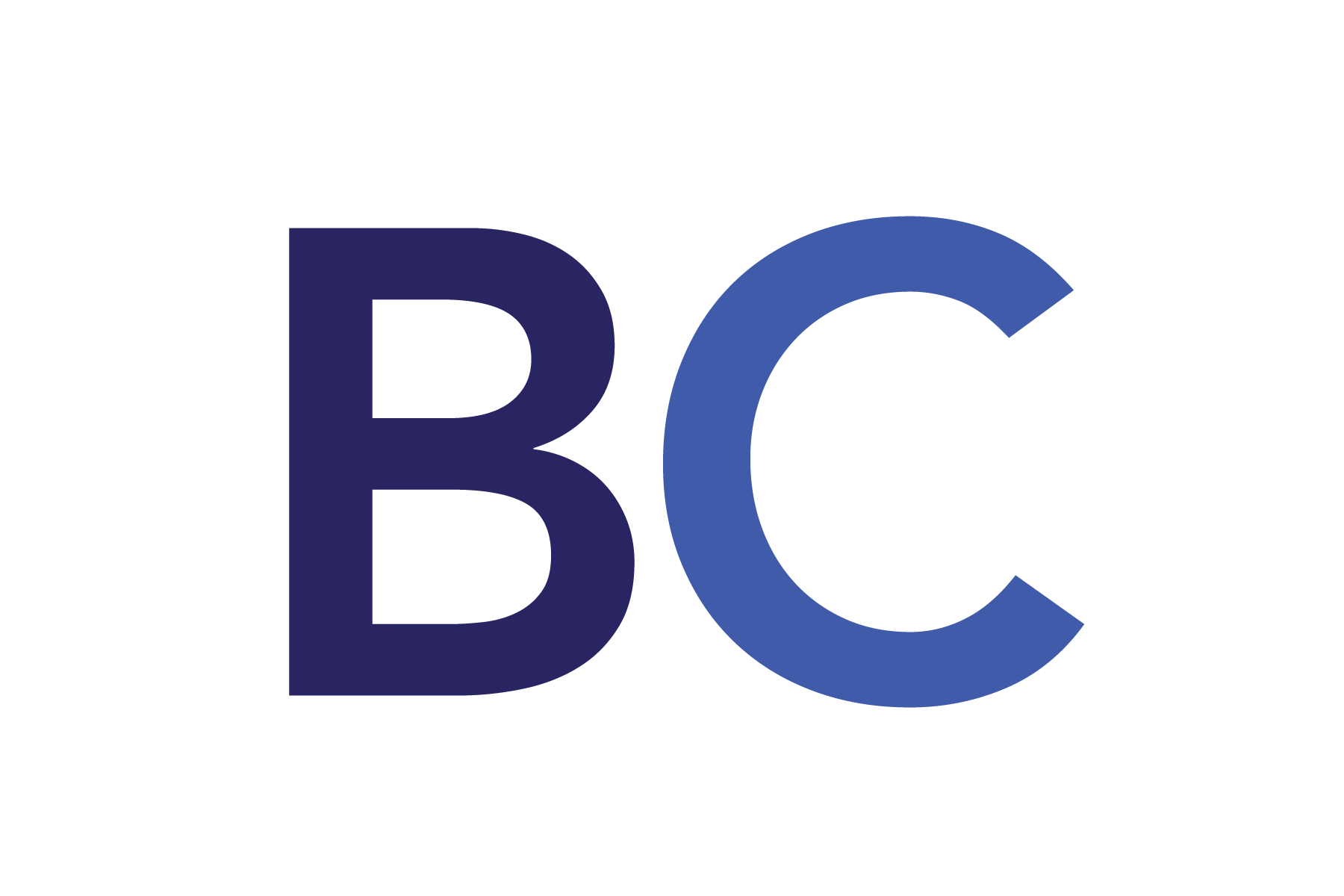A Roth 401(k) is an employer-sponsored retirement savings plan that combines features of a traditional 401(k) and a Roth IRA. Employees contribute after-tax dollars (i.e., income taxes are paid before money goes in), and qualified withdrawals in retirement are tax-free — including both contributions and earnings, as long as certain conditions are met.
To make tax-free withdrawals from a Roth 401(k), you must:
- Be at least 59½ years old
- Have held the account for at least 5 years
Roth 401(k) vs. Traditional 401(k): Key Differences
| Feature | Traditional 401(k) | Roth 401(k) |
| Contributions | Pre-tax (lower your taxable income now) | After-tax (no immediate tax deduction) |
| Tax on Withdrawals | Taxed as ordinary income in retirement | Tax-free if qualified (age 59½ + 5-year rule) |
| Impact on Take-Home Pay | Lower, because you’re deferring taxes | Higher, because taxes are paid upfront |
| Required Minimum Distributions (RMDs) | ✅ Yes, starting at age 73 (unless rolled into IRA) | ✅ Yes, starting at age 73 (but can avoid if rolled into Roth IRA) |
| Best For | Those expecting lower income/tax rate in retirement | Those expecting higher income/tax rate in retirement |
Bottom Line
- Traditional 401(k): Tax savings now, taxes later
- Roth 401(k): Taxes now, tax-free later
#Roth401k #RetirementPlanning #TaxSmartInvesting #FinancialLiteracy #LongTermWealth



